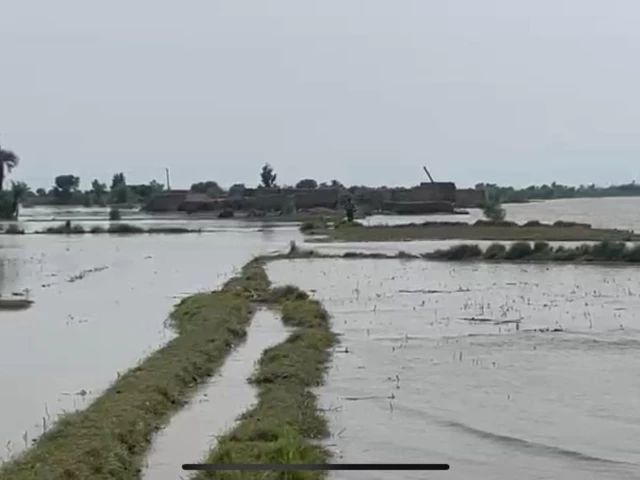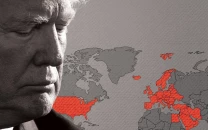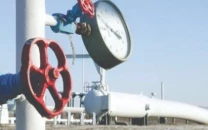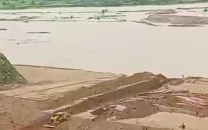Punjab floods washed away thousands of villages and farms
Now devastation threatens Pakistan's economy

Across the fertile plains of Pakistan's Punjab, families are struggling to re-build their lives after the worst flooding in decades swept away homes, destroyed crops, and drowned livestock.
"Thirteen of my 15 acres are gone," said Muhammad Amjad, 45, a rice and potato farmer in Chiniot, as he stood by submerge fields. "Our rice is completely destroyed. Women and children have evacuated. Men are left guarding what remains."
The provincial disaster management authority said more than two million people have been affected, with more than 2,000villages inundated.
Approximately 760,000 people and 516,000 animals have been evacuated, and at least 33 people have died in less than a week. Amish Sultan, 50, lost his only source of income.
"I have 10 buffaloes. They're so weak there's no milk left for my children, let alone to sell. I used to earn 100,000 to 150,000 rupees a month. That stability is gone."
Farm labourer Mehdi Hassan, 40, said entire neighbourhoods were washed away. "My home is completely destroyed. We've been left on the roadside with whatever we could carry. We tried to build our own dams but the water still took everything."
Officials say the floods are the worst in decades, with major dams near capacity, and more rain is forecast.
Farmers and exporters warn the impact on agriculture will be staggering. Rice, sugarcane, maize, vegetables, and cotton fields across Punjab are under water. "We were expecting a bumper rice crop this year," said Ibra-him Shafiq, export manager at Latif Rice Mills.
"Paddy was forecast to open at 3,200-3,600 rupees per 40kg, but with flood damage, prices could rise to 5,000-5,500. That will push rice prices up for local consumers and make us uncompetitive against India interna-tionally."
Cotton losses also threaten the textile industry, which makes up more than half of Pakistan's exports, at a time when the country faces a 19% US tariff in its biggest market.
Agriculture technology firm Farmdar said the damage is likely to be expo-nential, given the vast stretches of farmland along the rivers now under water.
Ghasharib Shoukat, co-founder of commodities platform Zarai Mandi warned wheat, vegetable, and cotton shortages would ripple through supply chains, hurting exports and household budgets. The disaster comes at a sensitive moment for Pakistan's fragile economy.
Inflation had cooled to 4.1% in July from 11.1% a year earlier, and food in-flation, which spiked above 50% in 2023, had eased.
Officials now expect the August inflation reading, due Monday, to come in at 4-5%, with food shortages already driving prices higher.
Analysts say delayed wheat sowing, shrinking rice exports and the need to import cotton will deepen the pressure.
Tents now, tomorrow unknown
The destruction extends beyond fields. In Lahore, 38-year-old rickshaw driver Aslam said he waded through six feet (two metres) of water to pull his three-wheeler vehicle to safety.
"I've lived near the Ravi all my life and it never flooded my home before. This time it came inside in hours. If I hadn't saved my rickshaw, we would have lost everything. It is my only livelihood," said Aslam, who is now liv-ing in a relief tent.
A muddy tent city has been erected near the Ravi River, where families huddle under tarpaulins and tents, some beside foul-smelling drains. About 150 to 200 camps have been set up for the displaced just in that ar-ea, said Dr Ijaz Nazeer.
Each tent is home to around five to eight people. With three of Pakistan's main rivers in flood, authorities in the Punjab have set up 511 relief camps, 351 medical sites, and 321 veterinary facilities, evacuating nearly 481,000 people and 405,000 animals so far.





















COMMENTS
Comments are moderated and generally will be posted if they are on-topic and not abusive.
For more information, please see our Comments FAQ